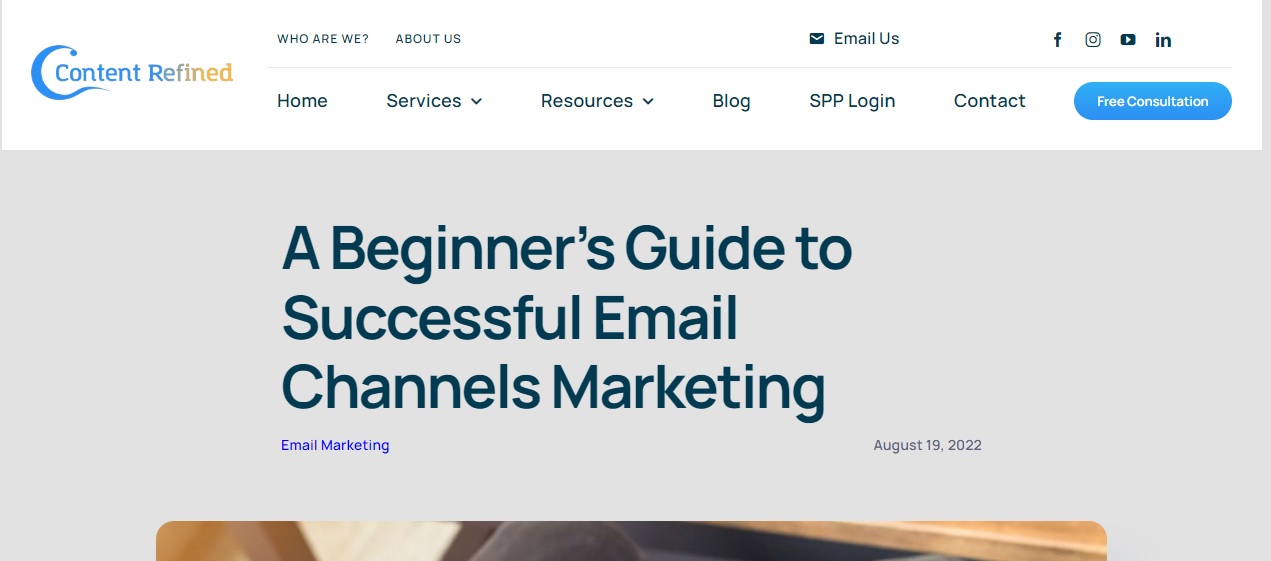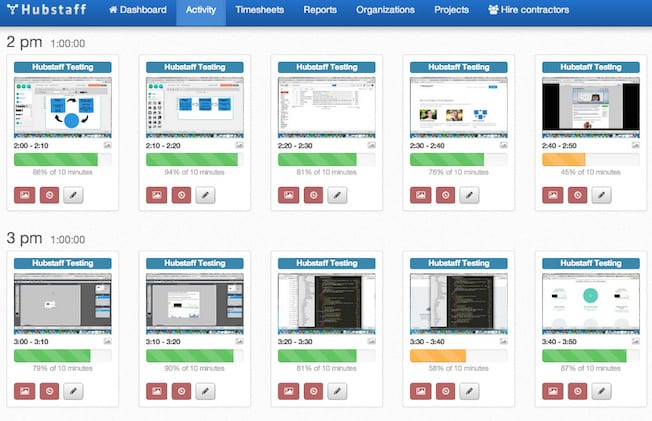What is browser privacy, and why is it important? Have you ever shopped for a product, holiday, or service on your lunch break and then, later that day, found that search pasted across all of your social media applications and even on your desktop homepage? If so, you have likely been targeted by snooping third-party cookies and your advertisements have been tailored for you.
Ensuring that users’ privacy is respected online is a surprisingly difficult feat, and even now, leading browsers are still grappling with how to support their customers’ online privacy. As new technology evolves, there is often a legal gray area of how data is collected, used, and shared by companies eager to sell you their products and services. There is still a lot of work to be done regarding publishing a set of guidelines and standards which limit and shape the data collection business. Browser companies’ goal is to dramatically limit and phase out the collection of third-party cookies by the end of 2023.

With rising awareness about data protection, several browser developers such as Google, Apple, Mozilla, and Microsoft have initiated changes to protect user privacy. These alterations include blocking third-party cookies and enforcing restrictions on cross-site tracking. As a result, businesses and marketers need help in tracking user behavior and serving targeted content to their core demographic groups.
The Effect of Browser Privacy Changes on Tracking
In a nutshell, using the internet is like walking across a sandy beach; your browsing history leaves a footprint in the sand. These footprints are called cookies, which are saved to your browser, thus allowing companies to track your browsing activity. Although this methodology sounds creepy and intrusive, it is standard practice in the online world.
![]()
Websites primarily want to collect your data to enhance the user experience and understand how you engage with their products and platform to ultimately push more consumer products you might be interested in buying. For example, if you shop for photograph frames, you might suddenly see many homeware advertisements featuring more home décor items. Although you were not explicitly shopping for those particular items, you have been shopping in that niche, which could mean you are open to upgrading and investing in other home goods.
With the previously mentioned changes that browsers have been making, this makes the following differences to tracking features and marketers:
- Limited Data Collection: Restricting third-party cookies has reduced access to users’ online behavioral data. This poses significant challenges for ad targeting, retargeting campaigns, and audience segmentation.
- Attribution Challenges: Marketers are grappling with attributing conversions to specific marketing channels as these privacy measures disrupt the tracking of customer journeys across websites, devices, and platforms.
- Reliance on First-Party Data: With limited access to third-party data, brands increasingly rely on first-party data for customer insights. This necessitates stronger customer relationship management (CRM) systems and better engagement strategies. Ultimately, this leads to happier customers, deeper relationships, and a stronger brand.
The Effect of Browser Privacy Changes on Targeting
![]()
Targeting was somewhat defined above through the homeware example, where the data collected from your online browsing activity starts to shape the themes and products that might also interest you. Other factors such as age, demographic, and geographic region can also shape your targeted advertisements. These themes are generated from the gleaned information, which is then used to create a digital profile of you, your interests, and your spending potential within certain niches.
Once companies are unable to target consumers, the following things come into play:
- Contextual Targeting: As audience-based targeting becomes more complex, marketers may resort to contextual targeting, wherein ads are placed based on the content being viewed rather than the user’s online behavior.
- Inaccurate Personalization: Reduced access to user data results in less accurate personalization, which may inadvertently lead to irrelevant or annoying ads being served to users. This could lead to less-pleasing user experiences.
- Increased Adoption of Consent Management Platforms: Organizations increasingly use consent management platforms to request and manage user consent to comply with privacy regulations and ensure better ad targeting. Interestingly, many accept the privacy notice without reading too deeply about the implications.
Strategies for Adapting to Browser Privacy Changes

The changes are inevitable after much discussion by the browser giants, with all agreeing to take steps forward to address their customers’ privacy concerns. For companies and marketing teams who have come to rely on this invasive form of technology for advertising and data analysis, the impending changes surely seem overwhelming. Still, there are lots of strategies that can be deployed to reduce the impact of the changes.
Increased Importance of First-Party Data
As third-party cookies lose importance, businesses might need to invest more in building first-party data through customer relationship management (CRM), user registration and login systems, or developing their own content networks. This strategy can help maintain personalized marketing strategies while respecting users’ privacy preferences.
As discussed earlier, the difference between “third party” and ”first party” is that the latter is provided willingly by the potential consumer and shared with the online party regarding their personal data. Developing a consensual data relationship with shoppers can help brands create deeper connections with repeat shoppers and potential customers. Examples of this could be sending emails highlighting products they have shown an interest in purchasing in the past – new product lines or colors and sale notifications are always helpful for repeat shoppers. Advertisements “pushed” to these consumers can be much more strategic, leading to a higher conversion rate and revenue. Similarly, offering discounts and promotions to users who share their data is an excellent method of data mining but in a much more ethical way – plus, offering incentives makes this exchange of information more balanced.
Enhanced User Experience
Reducing targeted ads may also lead to less cluttered websites and faster loading times, contributing to a more enjoyable browsing experience for users. Nothing is worse than websites running slowly or glitching continuously, with just advertisements flashing. This can lead to potential consumers leaving the site and going elsewhere.
Focus on Content Marketing

Create high-quality, relevant, and engaging content to attract and retain your audience. Share this content on social media platforms, blogs, emails, and other channels to reach potential customers. Again, quality over quantity is critical to driving a brand relationship and increasing engagement, leading to deeper and more valuable relationships. Retaining happy customers naturally leads to increased sales and recommendations based on the satisfaction of consumers.
Utilize Contextual Advertising
Use contextual advertising to place ads based on the website’s content rather than relying on user data. This type of targeting can effectively reach a specific audience without violating their privacy. Although this method is less specific than tracked marketing, it still will reach a percentage of your key market.
Embrace Privacy-friendly Marketing Practices
Be transparent about your data collection policies and provide users with options for managing their privacy preferences. This will help build trust among your audience while enabling you to gather valuable insights. As discussed, websites open to collecting data might still get approved/accepted by their consumers.
Leverage Influencer Marketing
Partner with influencers within your niche with strong followings. Collaborate with them to create sponsored content that promotes your brand, products, or services while reaching a broad audience.
Utilize Email Marketing

Collect email addresses from customers and prospects via your website opt-in forms or other interactions (such as events). Use email marketing campaigns to send targeted content based on subscriber interests without relying on invasive tracking technologies.
Employ Chatbots and AI-driven Solutions
Implement chatbots and AI-driven tools on your website or messaging platforms to engage with users in real-time without collecting excessive personal information.
Host Webinars, Podcasts, and Live Events
Engage your audience with interactive opportunities such as webinars, podcasts, or live events, which can help educate them about your products or services without relying on intrusive ad targeting. For smaller companies, this method also helps verify your website’s authenticity and will lead to better SEO ranking within Google. Should your campaign be successful and liked amongst your followers, you will also reap the benefits of your customers sharing your content, which is the most valid form of advertisement.
Final Thoughts
While browser privacy changes pose substantial business challenges, they also present opportunities for marketers to innovate and develop new strategies. Adhering to ethical data collection practices and fostering user trust will be crucial in navigating these changing landscapes. As the industry navigates this new era of online privacy, businesses must adapt and prioritize user privacy while delivering a personalized and engaging browsing experience.


